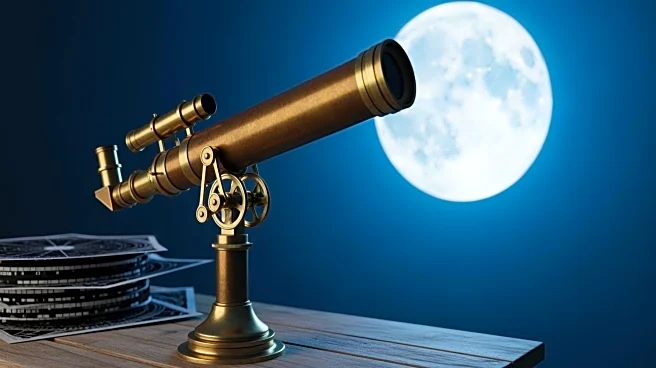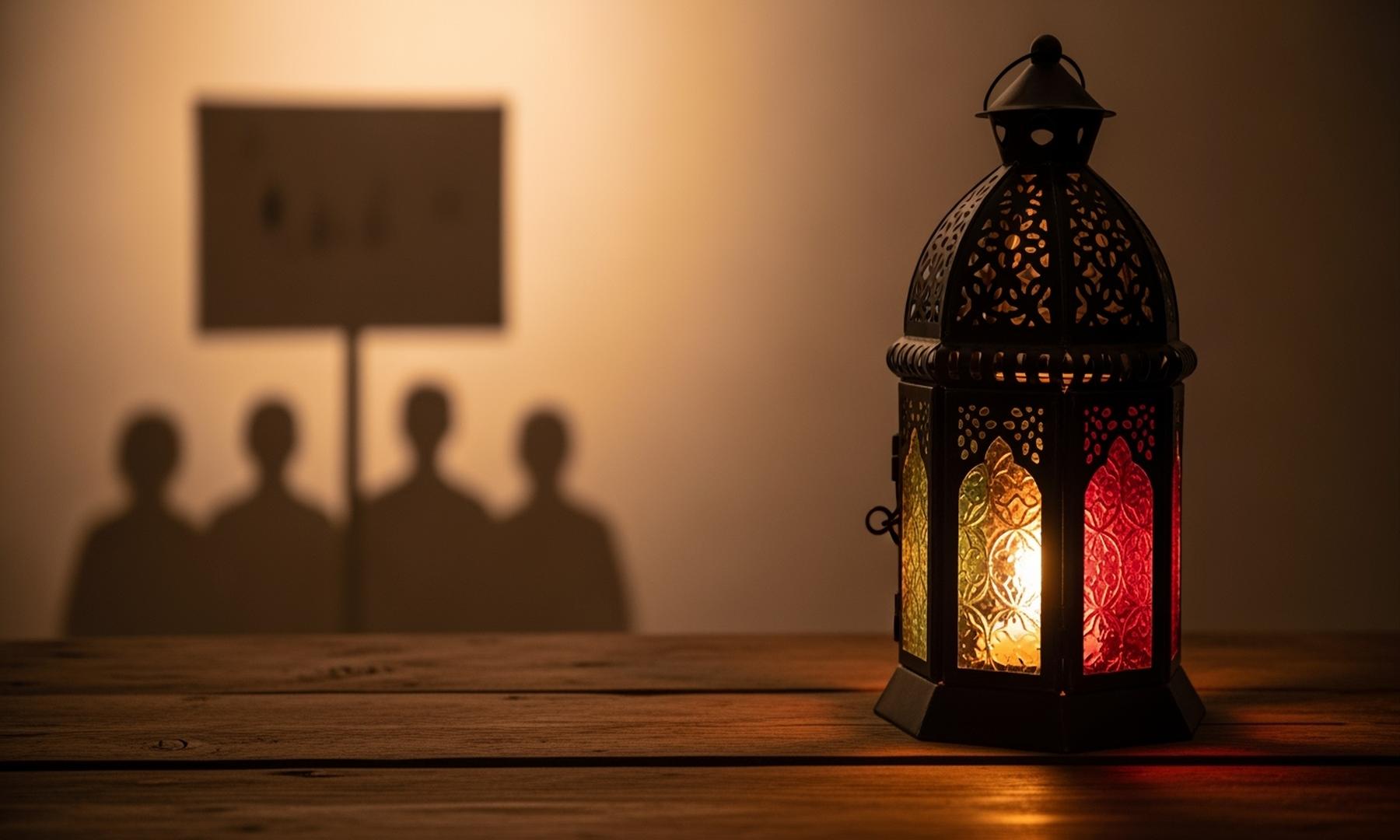What's Happening?
A recent study conducted by the Nordic Institute of Theoretical Physics is delving into the mysteries of unidentified flying objects (UFOs) by examining sky survey plates from the 1940s and 1950s. These
plates, which predate the era of man-made satellites, offer a unique glimpse into the past, potentially providing insights into unexplained lights in the sky. Beatriz Villarroel, a researcher involved in the study, discussed the significance of these historical records in understanding phenomena that have puzzled scientists and the public alike. The research aims to identify patterns or anomalies that could shed light on the nature of these sightings, contributing to the broader field of UFO studies.
Why It's Important?
The study's findings could have significant implications for the ongoing debate about the existence and nature of UFOs. By analyzing data from a time before artificial satellites, researchers hope to distinguish between natural celestial events and potential unidentified phenomena. This research could influence public policy and scientific approaches to studying UFOs, potentially leading to increased funding and interest in the field. Additionally, it may impact societal perceptions of extraterrestrial life and the scientific community's approach to unexplained aerial phenomena. The study's outcomes could either reinforce or challenge existing theories, affecting stakeholders ranging from government agencies to private research institutions.
What's Next?
As the study progresses, researchers may release findings that could prompt further investigation into specific anomalies identified in the historical data. This could lead to collaborative efforts with other scientific institutions and potentially influence government agencies' approaches to UFO research. Public interest in the study's results may also drive media coverage and discussions about the implications of the findings. Depending on the outcomes, there could be calls for more comprehensive studies using modern technology to compare historical data with current observations.
Beyond the Headlines
The study raises ethical and cultural questions about humanity's place in the universe and our understanding of unexplained phenomena. It challenges the scientific community to consider new methodologies and interdisciplinary approaches to studying UFOs. The research also highlights the importance of preserving historical scientific data, as it can provide valuable insights into contemporary issues. Long-term, this study could contribute to a shift in how society perceives and investigates the possibility of extraterrestrial life.













